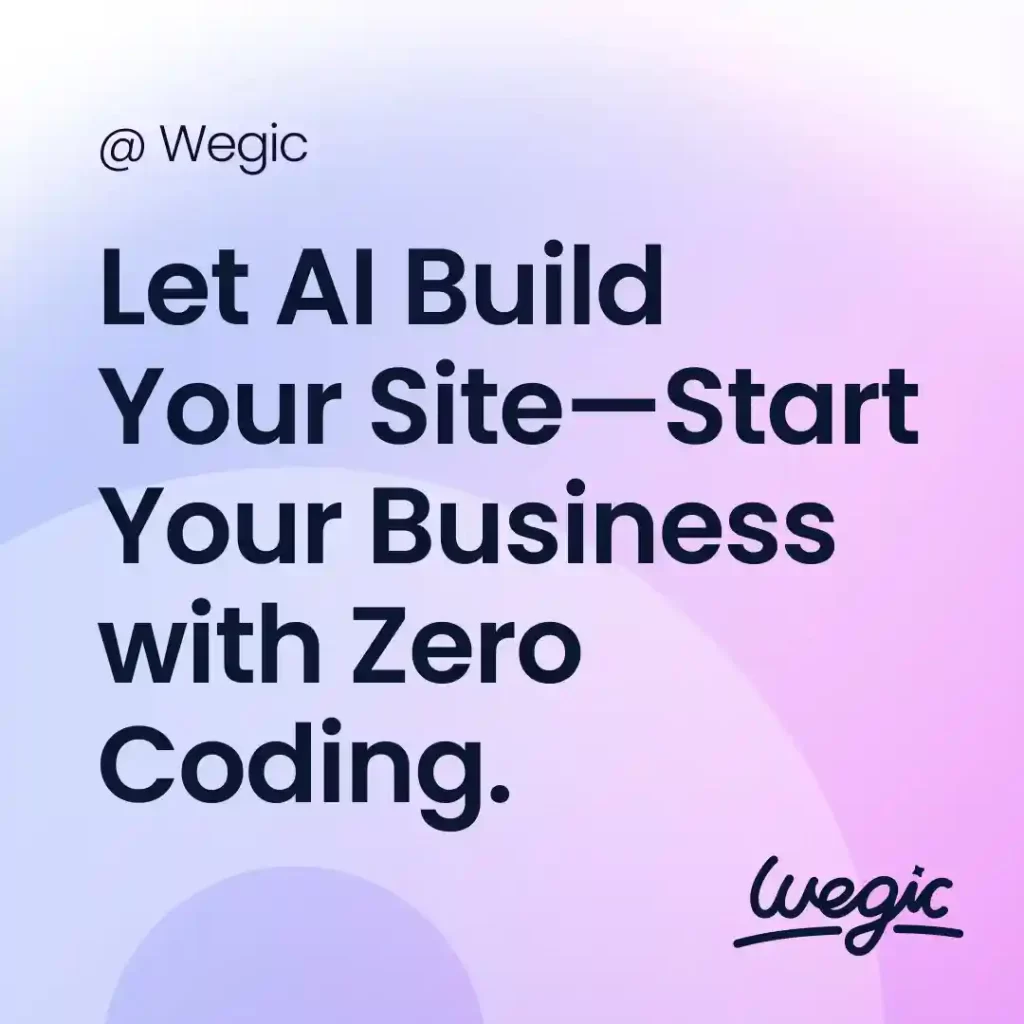Encapsulation Meaning
In the digital age, having a strong online presence is essential for artists looking to showcase their work and connect with new audiences. A well-designed website can serve as a virtual gallery, allowing artists to display their artwork and tell their story to the world. However, building a website from scratch can be a daunting task, especially for those without technical expertise or a large budget. Fortunately, there are a number of free site builders available that make creating a professional-looking website easier than ever.
Encapsulation Meaning in Programming: Understanding the Importance of Information Hiding
In the world of programming, encapsulation is a fundamental concept that plays a crucial role in ensuring the integrity and security of code. Encapsulation is a key feature of object-oriented programming (OOP) languages, such as Java, C++, and Python. It involves the bundling of data (attributes) and methods (functions or procedures) that operate on that data into a single unit known as a class. Encapsulation enables us to restrict access to certain parts of our code, ensuring that data is only accessed and manipulated in a controlled manner. This article will delve into the meaning of encapsulation in programming and highlight its importance in software development.
Encapsulation in OOP is based on the principle of information hiding, which is the idea that objects should hide their internal state and only expose their behavior. This means that the internal details of an object, such as its data and methods, are kept private and inaccessible to external entities. Instead, external entities interact with the object through its public interface, which consists of a set of publicly accessible methods that define the object’s behavior.
Encapsulation provides several key benefits in software development. One of the main advantages of encapsulation is data protection. By restricting access to an object’s internal state, encapsulation prevents unintended or malicious modifications to the data. This helps maintain the integrity of the object’s state and ensures that it remains consistent and valid at all times.
Another benefit of encapsulation is modularity. By encapsulating data and methods within a class, we can create self-contained, reusable components that can be easily integrated into larger systems. This promotes code reuse and makes it easier to maintain and extend the codebase over time. Encapsulation also allows for better organization and structuring of code, making it easier to understand and reason about.
Encapsulation also promotes code readability and maintainability. By encapsulating data and methods within a class, we can hide the implementation details and only expose the essential aspects of the object’s behavior. This makes the code easier to understand and work with, as developers can focus on the public interface of the object without being exposed to the complexities of its internal state.
Encapsulation also enables us to enforce constraints and validations on the data. By encapsulating data within a class and providing controlled access through methods, we can validate and enforce rules on how the data is accessed and manipulated. This helps prevent incorrect or invalid data from being stored or processed, ensuring the reliability and correctness of the software.
To implement encapsulation in OOP languages, we use access modifiers such as public, private, and protected to control the visibility of data and methods within a class. Public members are accessible from outside the class, private members are accessible only within the class itself, and protected members are accessible within the class and its subclasses. By using access modifiers effectively, we can define the public interface of the class and hide its implementation details from external entities.
In addition to access modifiers, encapsulation in OOP also involves the use of getters and setters, also known as accessor and mutator methods. Getters are methods that allow external entities to retrieve the value of a private data member, while setters are methods that allow external entities to modify the value of a private data member. By providing controlled access through getters and setters, we can ensure that data is accessed and modified in a controlled manner, enabling us to maintain the integrity and consistency of the object’s state.
Overall, encapsulation is a powerful concept in object-oriented programming that enables us to create robust, secure, and maintainable software. By encapsulating data and methods within classes, we can protect the integrity of our code, promote code reuse and modularity, enforce constraints and validations, and improve code readability and maintainability. Encapsulation is a key principle of OOP that underpins many of its core concepts, such as inheritance, polymorphism, and abstraction. Mastering encapsulation is essential for any developer looking to build scalable, reliable, and maintainable software systems.
In conclusion, choosing the best website builder for your small business ultimately depends on your specific needs and goals. Whether you are looking for a user-friendly option with pre-designed templates like Wix and Weebly, a visually stunning platform like Squarespace, an e-commerce-focused solution like Shopify, or a highly customizable option like WordPress, there is a website builder out there that will meet your needs. By carefully considering the features and functionality offered by each website builder, you can choose the one that best aligns with your business’s goals and budget. With the right website builder, you can create a professional-looking website that helps your small business stand out online and attract more customers.


